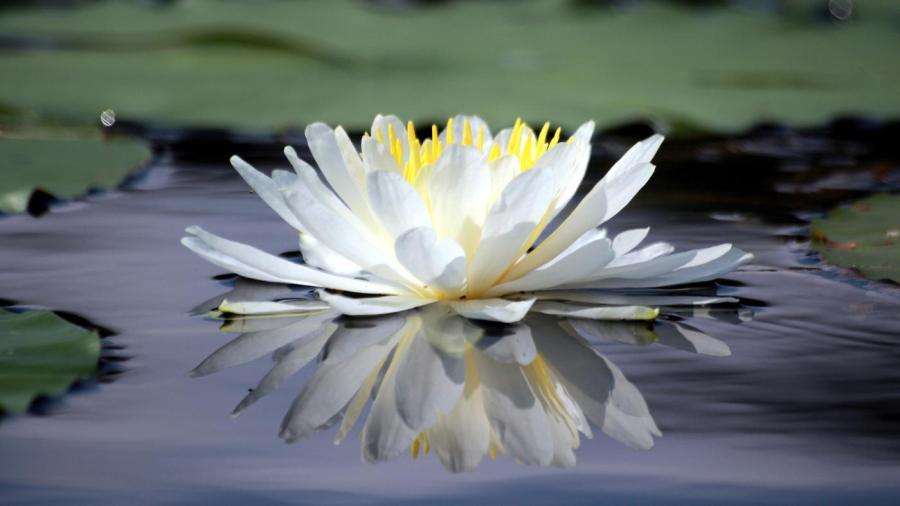What Are Some Adaptations of the Water Lily?

The adaptations of the water lily include the wide, flat leaves, the thorns on the bottom of the leaves, the rims around the leaves and the short lifespan of the flower. These specific adaptations allow the water lily to survive in its environment.
The Tree of Life Web Project explains that one of the adaptations of the water lily, the thorns on the bottoms of the leaves, helps to protect it from fish that might consider it a food source. The thorns also help support the leaves. Likewise, the rims on the leaves of the lily protect it from becoming food for birds and insects. The leaves themselves are wide and flat to keep the lily afloat by distributing the weight. The fourth adaptation, the short-lived flower, helps to increase its pollination chances. The flower, which only blooms at night, lets off a unique butterscotch and pineapple scent to attract pollinators, and it actually traps those pollinators inside the flower to give them all the pollen at one time. Once pollinated, the white flower turns pink.
The water lily is native to Brazil, thriving in the Amazon River basin and other Brazilian lakes. Another species of the water lily lives in the Parana-Paraguay basin.





